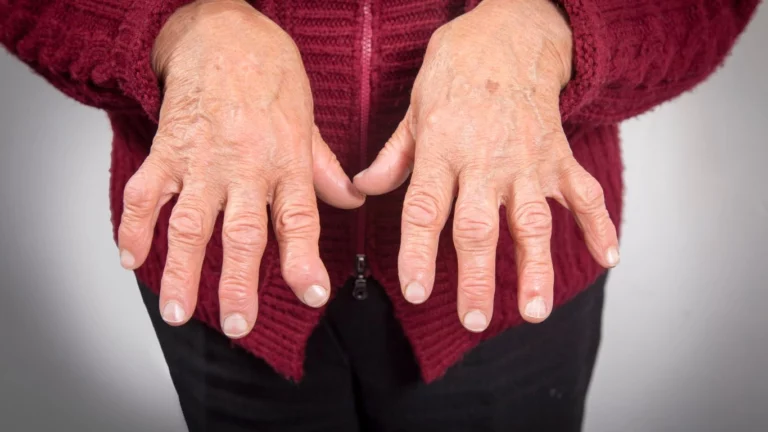Why Anti-Gravity Chairs Are a Game Changer for Back Relief
If you’re anything like me, you’ve probably tried just about everything to soothe your back pain—stretching, physical therapy, even swapping out your mattress. But one of the most surprisingly effective changes I’ve made? Introducing an anti-gravity chair into my daily routine. These chairs aren’t just for lounging in the backyard—they’re engineered for real spinal relief, and trust me, I didn’t expect to love mine as much as I do.
What Are Anti-Gravity Chairs, Really?

Anti-gravity chairs, sometimes called zero gravity recliners, are designed to position the body in a neutral posture where the legs are elevated in line with the heart. This reduces spinal compression and distributes weight evenly across the body. The idea comes straight from NASA, where astronauts are positioned this way during launch to minimize stress on their bodies.
Now, I know what you’re thinking—NASA, really? But it’s not just rocket science. It’s actually incredibly logical. Elevating your legs while reclining takes the pressure off your lower back, allowing the spine to decompress naturally.
Why Back Pain Sufferers Are Turning to Anti-Gravity Chairs
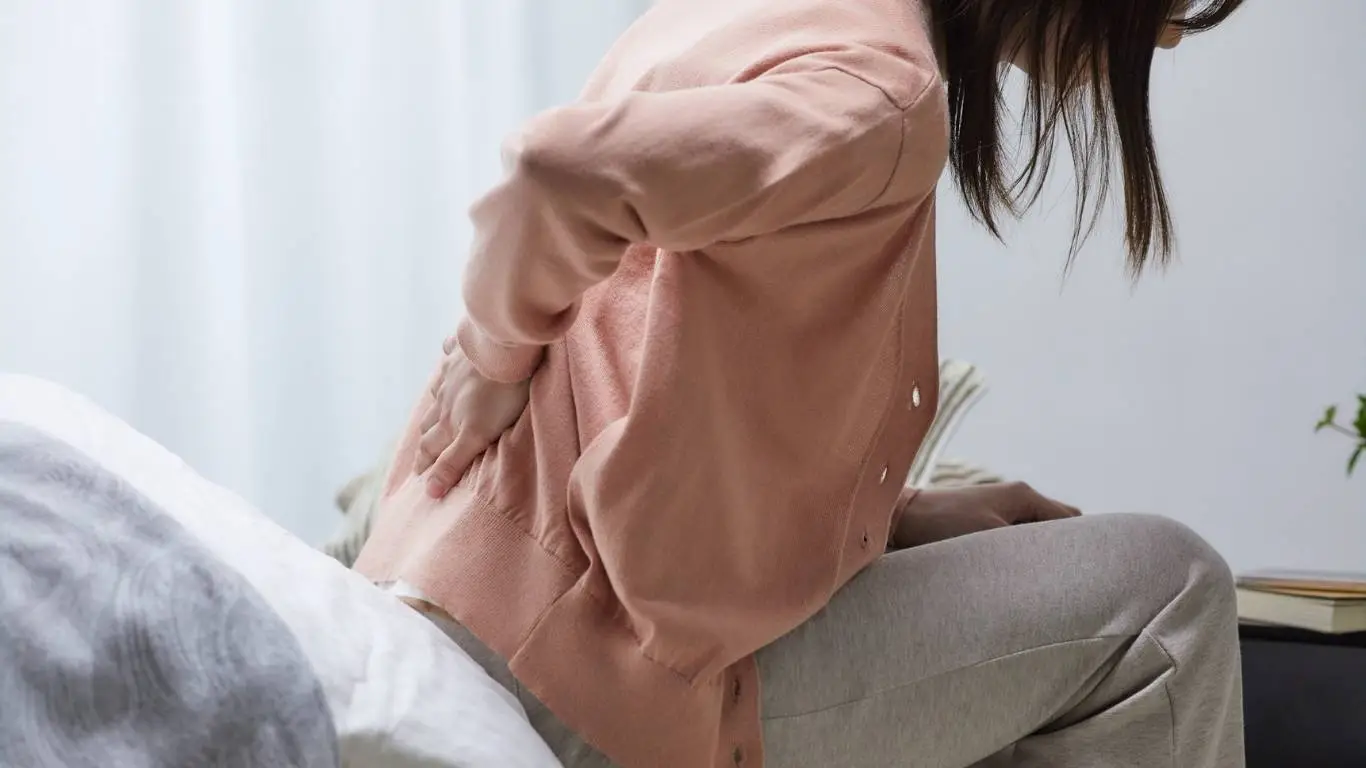
Less Compression, More Relief
When I first tried an anti-gravity chair, I noticed something within minutes: that dull ache in my lower back began to soften. It wasn’t magic—it was just smart design. Sitting upright or slouching in traditional chairs compresses your spine. In contrast, anti-gravity chairs allow your vertebrae to lengthen slightly and give your muscles a break.
This kind of spinal decompression can be especially helpful for people dealing with conditions like herniated discs or spinal stenosis. It reduces nerve impingement, which is often a hidden trigger for shooting or radiating back pain.
Posture Correction Without the Work
If you’re constantly fighting poor posture like I am, this chair is like having a personal alignment coach. It naturally tilts your hips and supports the lumbar curve, keeping your spine where it should be. No effort required.
- Maintains lumbar support
- Promotes neutral pelvic tilt
- Supports head and neck without strain
Built for Daily Recovery

Micro-breaks That Matter
One of the things I started doing was taking 15-minute recovery breaks in my chair throughout the day. It’s incredible how just a short recline session can reduce stiffness and boost circulation. If you’re working long hours at a desk or on your feet all day, these micro-breaks aren’t a luxury—they’re a necessity.
In fact, for those of you struggling with back pain caused by prolonged sitting, an anti-gravity chair could be your new secret weapon. You’re not just sitting—you’re actively relieving tension.
Helps Reduce Inflammation
The elevation of legs above the heart isn’t just for comfort—it promotes lymphatic drainage and improves blood circulation. Better circulation means better nutrient delivery to damaged tissues and faster healing.
How to Choose the Right Anti-Gravity Chair
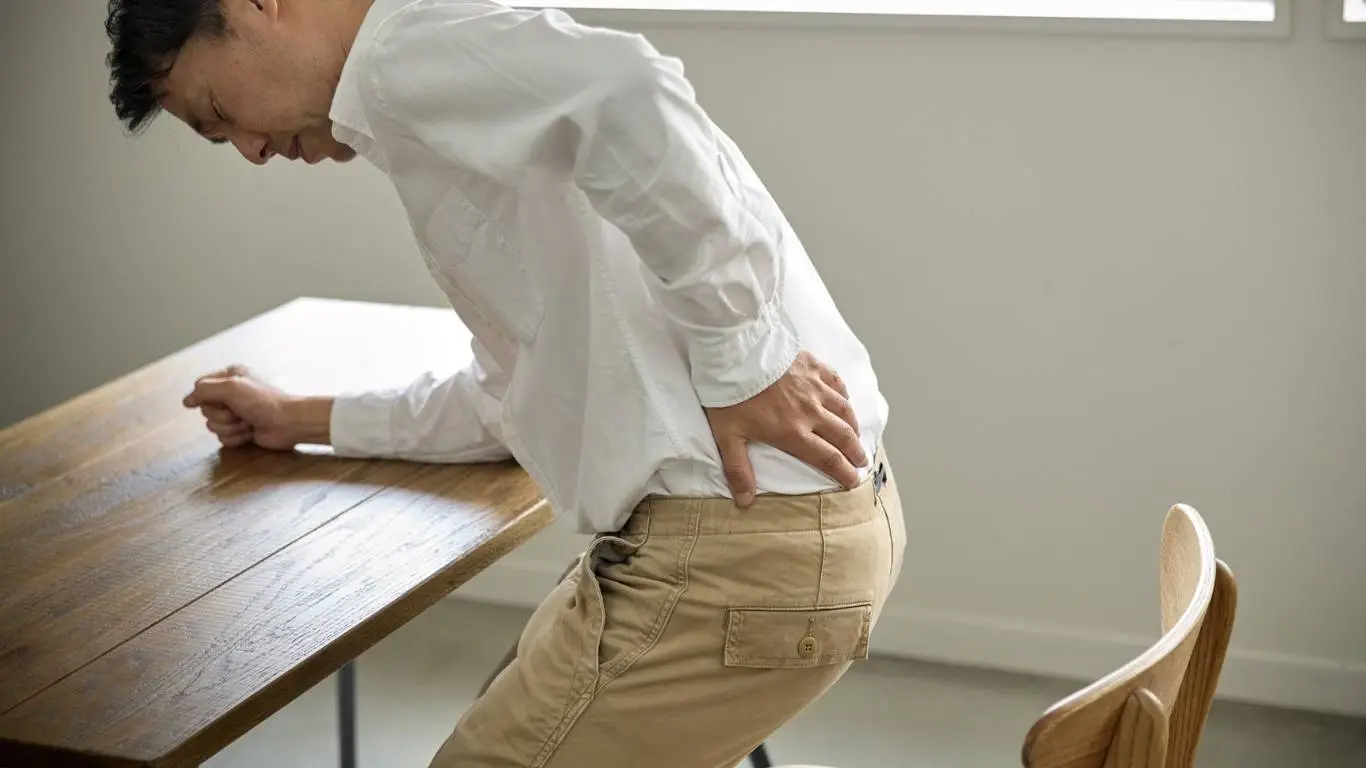
Comfort Isn’t Just About Cushion
After testing a few different chairs, I learned that plush cushions don’t always equal better support. What you want is balanced firmness and ergonomic contouring. Look for chairs with adjustable lumbar support and headrests.
- Choose breathable, durable fabric
- Look for locking mechanisms for angle adjustment
- Prefer models with adjustable armrests
Some even come with massage features or heating pads—yes, I’ve tried those too—and while they’re not essential, they definitely enhance comfort during flare-ups.
Portability vs. Permanence
If you’re tight on space, there are foldable models you can use indoors or outdoors. But for chronic back pain relief, I recommend a more solid, structured version designed for everyday use in your living room or home office.
Integrating Anti-Gravity Chairs Into Your Daily Back Care Routine
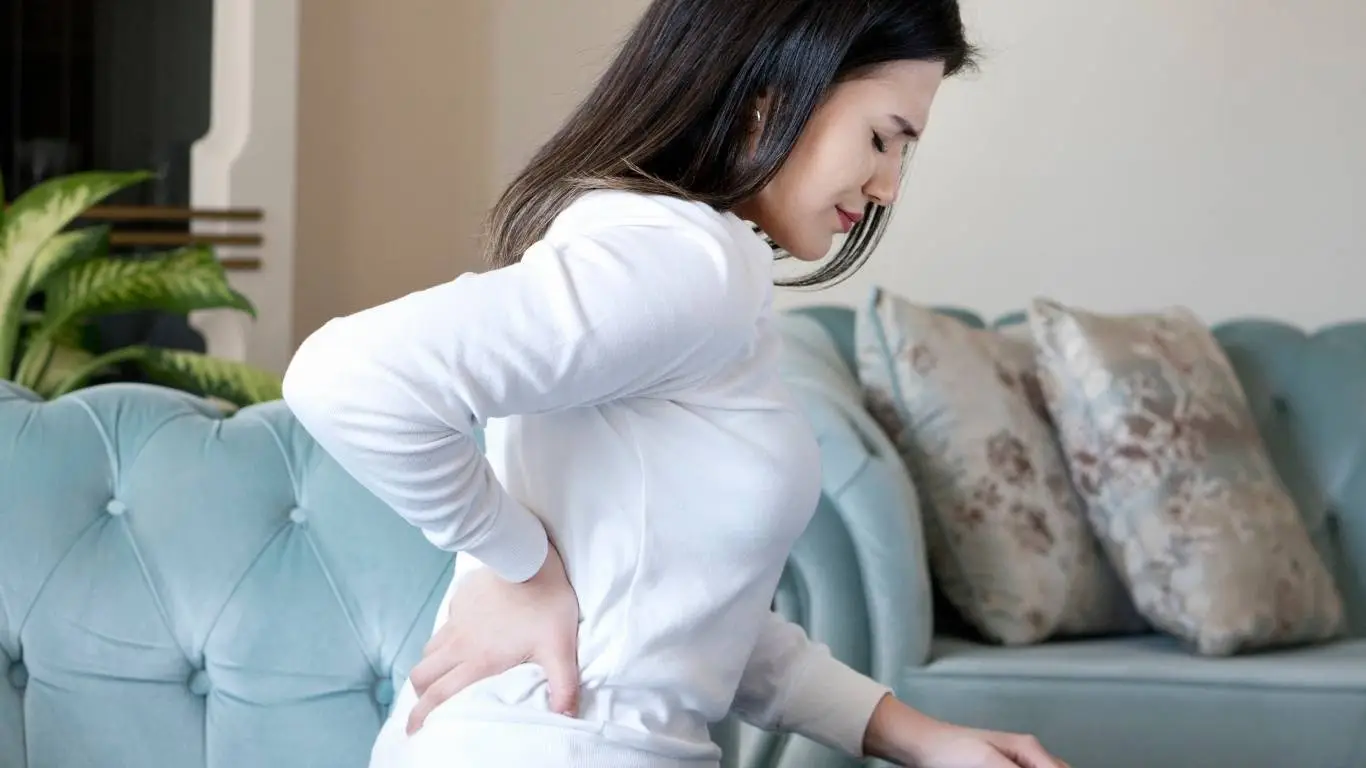
Complementing With Stretches and Exercise
While the chair is powerful, it’s not a stand-alone cure. I’ve found the best results when I combine it with gentle stretches and yoga poses for back pain. The reclined position is also perfect for doing breathing exercises that calm your nervous system and reduce tension.
Anti-gravity chairs also serve as great recovery tools after low-impact swimming exercises or physical therapy. It’s all about helping the spine relax and heal, one session at a time.
Make It a Ritual
I’ve started using my chair before bed, and it’s improved my sleep quality—no joke. By easing back pain and reducing inflammation before bedtime, I’m not waking up with stiffness like I used to. Pair that with better sleeping posture, and your spine will thank you in the morning.
If you’re exploring broader strategies, check out lifestyle and natural remedies for back pain—they tie in well with daily chair use and recovery techniques.
And to understand the broader context of your condition, the main guide on back pain breaks down the basics, from causes to treatments.
Expert Perspectives on Using Anti-Gravity Chairs for Back Pain

When I first mentioned to my physical therapist that I’d bought an anti-gravity chair, I half expected an eye roll. Instead, she nodded and said, “Good choice—just don’t use it as an excuse to stay sedentary.” That stuck with me. These chairs are great, but they’re part of a full recovery strategy, not a standalone cure.
Many spine specialists now recommend anti-gravity seating as a supplementary tool in managing chronic back pain, especially for conditions like lumbar radiculopathy or myofascial back pain. The reclined posture takes the strain off spinal discs and joints, while promoting calm in overactive muscles. According to the Spine-health community, even a few short sessions a day can improve mobility and pain tolerance in patients with chronic low back conditions.
What Doctors and Therapists Emphasize
- Use chairs after workouts or physical therapy sessions
- Don’t rely solely on passive recovery—keep moving
- Pair reclining with core strengthening and stretching
- Watch for signs of worsening symptoms or numbness
Common Mistakes People Make with Anti-Gravity Chairs
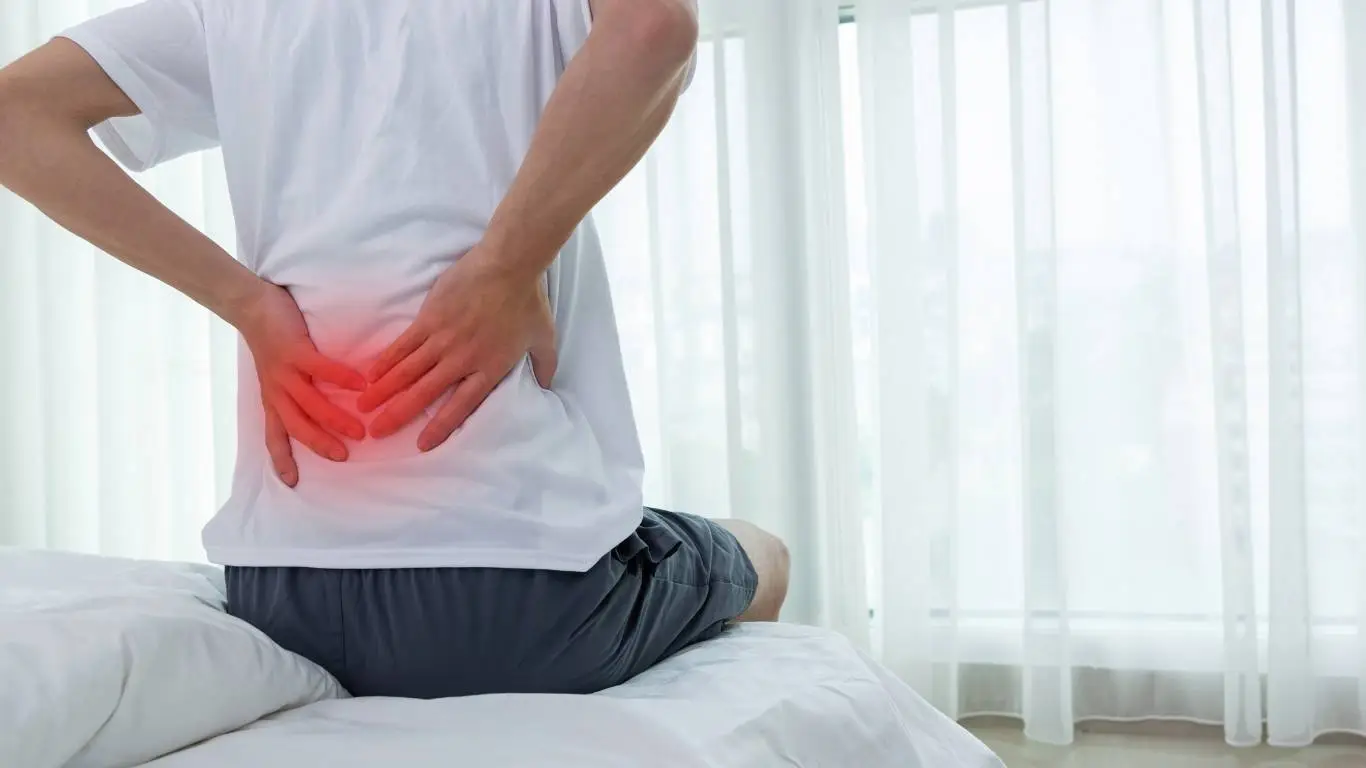
It’s easy to get a bit too comfortable and treat your anti-gravity chair like an all-day nest. I made this mistake early on, parking myself in it for hours while working on my laptop. Bad idea. Prolonged static postures—yes, even the comfy ones—can lead to stiffness or delayed soreness. Here’s what you should avoid:
- Using it for too long without breaks: Alternate with standing or walking every 30-60 minutes.
- Reclining too far back for too long: Extreme angles can reduce circulation in some users.
- Choosing the wrong chair for your body type: What feels great for one person might be poorly aligned for another.
- Not adjusting lumbar support: Many models have removable cushions or sliders—use them.
Like with any back-related tool, personalization is key. I had to tweak my chair setup several times before it truly felt like an extension of my recovery routine.
Beyond the Chair: Holistic Back Relief Pairings

Stretch, Strengthen, and Support
Honestly, I saw the biggest long-term benefits when I incorporated low-impact movement into my day alongside reclined recovery. Focused routines like Pilates or back-specific yoga flow sequences not only improve spinal alignment, but also train your core to support you even when you’re not reclined.
And while I’m a chair evangelist now, I’ve also found that certain accessories make the whole back care system even more effective—like lumbar cushions or ergonomic seating for work hours.
Diet and Inflammation
You wouldn’t believe how much diet plays into this. Once I added more omega-3s and anti-inflammatory foods to my meals, my flare-ups became way less intense. If you’re curious, check out this helpful read on the anti-inflammatory diet for back pain.
Hydration, by the way, is another underrated factor. Dehydrated spinal discs = more friction = more pain. A bottle of water and 15 minutes in the anti-gravity chair is my go-to combo when I start feeling that mid-afternoon tension creep in.
Do Anti-Gravity Chairs Work for Everyone?

This is where a little honesty is needed. These chairs are incredible, but they’re not a miracle fix for everyone. If your pain is coming from something deeper like spinal tumors or spinal infections, this won’t solve the root issue. Same goes for acute trauma cases or unhealed fractures.
Still, for many chronic pain cases—especially muscular imbalances or disc-related strain—anti-gravity chairs are not just helpful; they can be a daily game changer. But don’t skip your diagnosis. Understanding your specific back pain pattern is step one before jumping into any recovery routine.
When to Seek Medical Advice First

If you notice symptoms like numbness, tingling in your legs, worsening pain at night, or sudden weakness, recliners won’t cut it—you need professional evaluation. It’s not fear-mongering; it’s about being smart. Too many people downplay red flags because they think rest and gadgets can solve everything.
Want a deep dive into understanding the subtle differences between types of back pain? You might find this article on acute vs. chronic back pain super helpful.
Integrating the Chair Into Your Long-Term Plan

If I had to summarize what makes anti-gravity chairs worth the investment, it’s this: they reduce the daily grind on your spine without requiring effort. They support healthy posture, reduce inflammation, and encourage you to build healthier routines around recovery.
But the key word here is routine. It’s not the chair alone—it’s how you use it. Integrate it with the strategies covered in the broader exercise and ergonomics pillar guide to truly create a sustainable pain management plan.
It took me trial, error, and a little guidance from articles like this one and from the main back pain resource hub to get it right—but once I did, it changed how I manage pain entirely.

Camellia Wulansari is a dedicated Medical Assistant at a local clinic and a passionate health writer at Healthusias.com. With years of hands-on experience in patient care and a deep interest in preventive medicine, she bridges the gap between clinical knowledge and accessible health information. Camellia specializes in writing about digestive health, chronic conditions like GERD and hypertension, respiratory issues, and autoimmune diseases, aiming to empower readers with practical, easy-to-understand insights. When she’s not assisting patients or writing, you’ll find her enjoying quiet mornings with coffee and a medical journal in hand—or jamming to her favorite metal band, Lamb of God.
